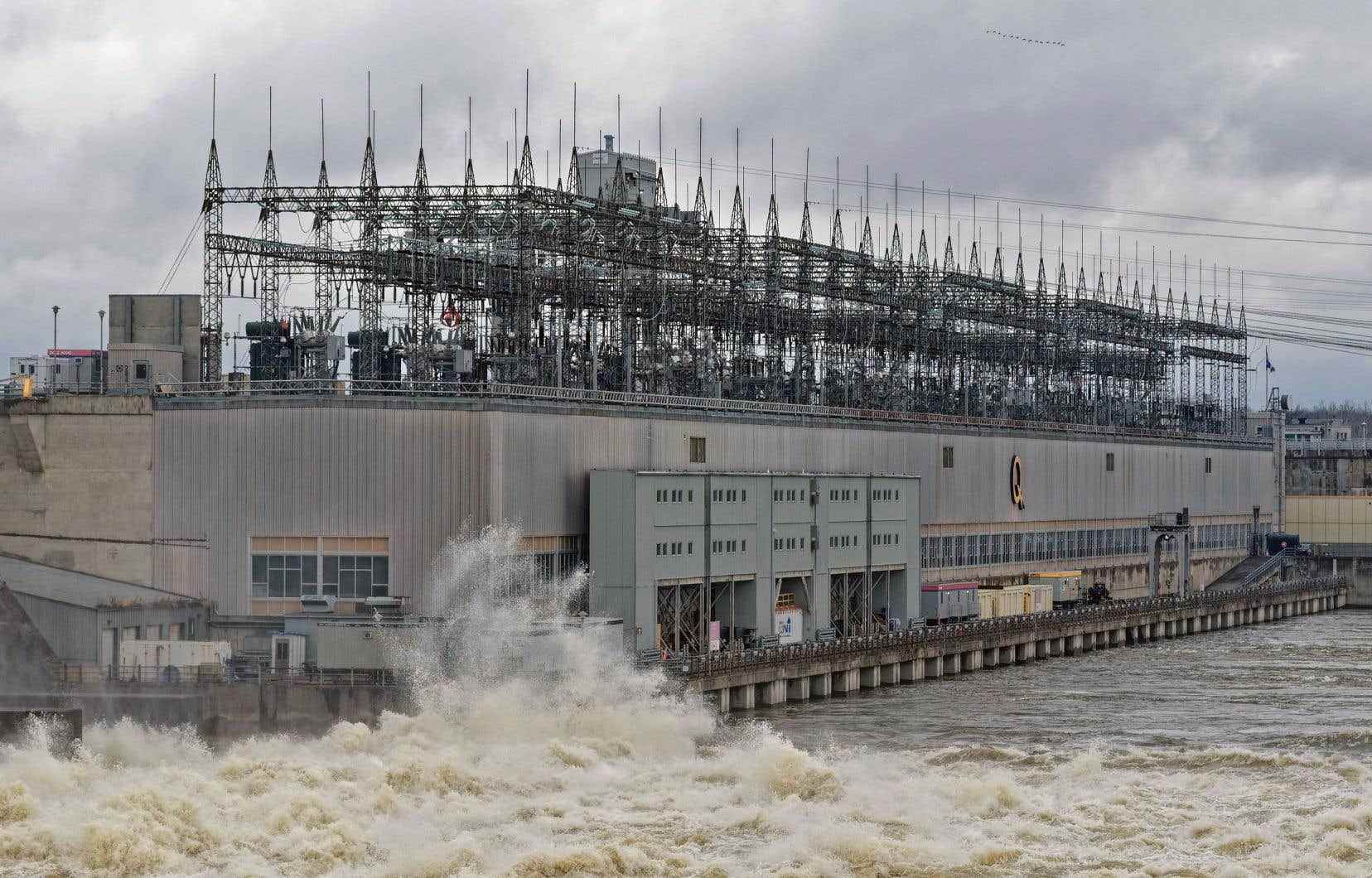The repair sites of aging hydroelectric power stations intended to increase their production capacity are forcing Hydro-Québec to loosen its purse strings. The replacement of the turbine-generator groups of four power stations pushes the State company to inject 2.4 billion dollars, noted The duty.
The work carried out on four generating stations — Carillon, in Outaouais, Rapide-Blanc and Trenche, in Mauricie, as well as Outardes-2, on the North Shore — will make it possible to increase their production capacity by 10% within the next five years. , adding 178 MW to a current capacity of 1789 MW.
These investments, estimated at $2.4 billion, are only a foretaste of the heftier bill that Hydro-Québec will inevitably have to pay to upgrade several of its 62 power stations. In its most recent strategic plan, the company estimates that it can increase the power of existing power stations by 2,000 MW, or 5% of their current capacity (37,000 MW).
Hydro-Québec is therefore entering a major overhaul period. Also in its strategic plan, it emphasizes the importance of investing “substantial sums” to restore luster to a network and infrastructures “operated at the limit of their capacity”. Some works “are approaching the end of their useful life”, it is written.
To do this, the Crown corporation estimates that it must invest $5 billion annually. “And, yes, this work is part of this envelope,” said Francis Labbé, spokesperson for Hydro-Québec, adding that the replacement of the turbines of the four power stations should “be completed in 2027 or 2028”. As a result, the increase in production will coincide with the year when Quebec production will not be able to meet peak demand, ie 2027, according to Hydro-Québec forecasts.
Study for Manic-3
In the case of Outardes-2, it is planned to replace three turbine-alternator groups. The basin’s water flow will make it possible to optimize the technologies of the new turbines, which will generate an increase of nearly 94 MW in the production capacity of this power station, which is part of the vast Manic-Outardes project. For similar reasons, a gain of 50 MW is projected for the La Trenche plant.
For their part, the work sites at the Rapide-Blanc and Carillon power stations essentially aim to replace turbine-generator units at the end of their useful life. The work, whose cost will reach $1.25 billion, will generate respective gains in productivity of 17MW.
Work is also planned at Manic-3, also known as the René-Lévesque generating station. Hydro-Québec also refused to name other repair projects. “We cannot currently break down these projects because we have to see, first of all, if it has an impact on the environment, for example. And, if so, you have to discuss it with the host environment,” explains Francis Labbé.
Is Hydro-Québec considering expanding certain basins to obtain more power? The avenue is not envisaged for the moment, answers Mr. Labbé: “It is not infeasible or impossible, but it requires environmental authorizations. It might even give rise to BAPEs. For now, what we are looking for are quick, effective solutions that have the least possible impact on the environment. »
Up to $70 million per turbine group
“Hydro-Québec doesn’t talk about it more than necessary, but we’re entering a period where a lot of maintenance is going to be needed on the structures which, without being at the end of their life, need maintenance afterwards, in some case, 40 or 50 years of useful life,” says Pierre-Olivier Pineau, Director of the Chair of Energy Sector Management at HEC Montréal, noting that these repairs will necessarily be expensive.
The price of a turbine-alternator group generally fluctuates between 20 million and 70 million, according to the information sent to the Duty by Hydro-Quebec. Added to this are not only the costs of the replacement works, but also those related to the adaptation of the infrastructures that provide the link to the transmission network. In documents recently filed with the Régie de l’énergie du Québec, Hydro-Québec estimates that the work that will have to be done at the Manicouagan and Outardes-2 substations at $92 million to prepare them for the upcoming increase in production .
Dedicated to increasing production capacity, these projects should be seen as “opportunities”, according to Mr. Pineau. This is significant as the demand for electricity grows due to projects aimed at reducing greenhouse gas emissions. Recall that in its most recent strategic plan, published last March, Hydro-Québec maintained that it had to add 100 terawatt hours – more than half of its current capacity – to meet the growing demand for electricity.
